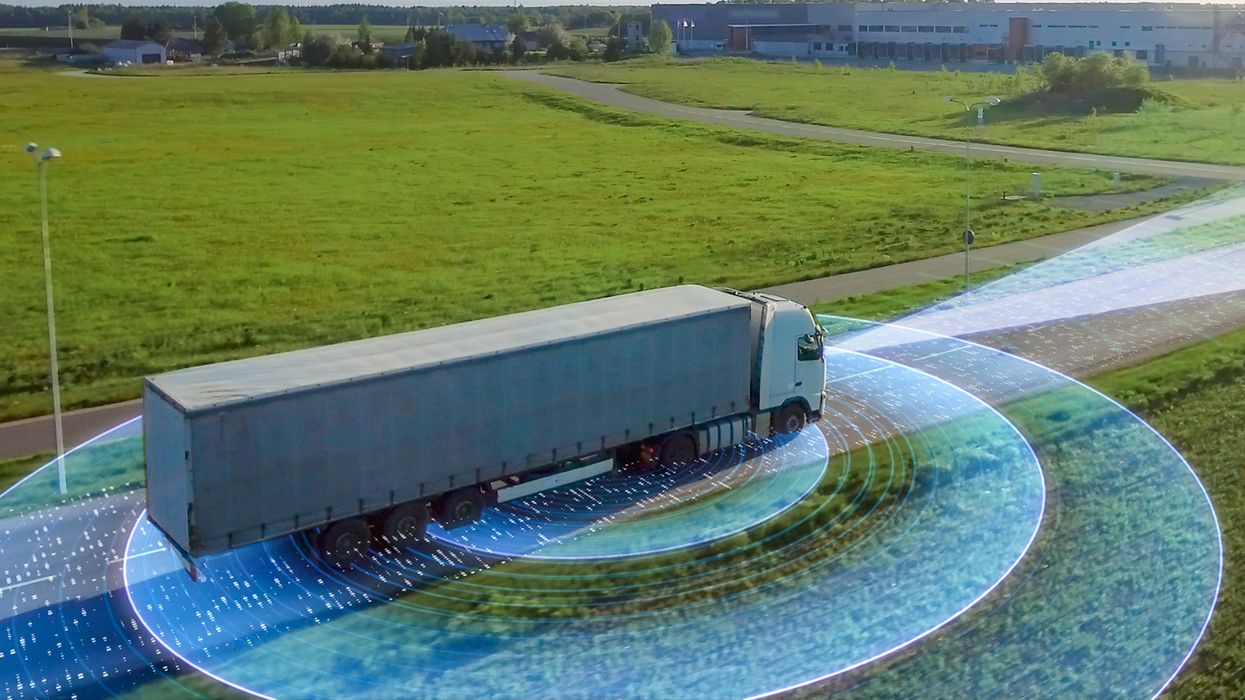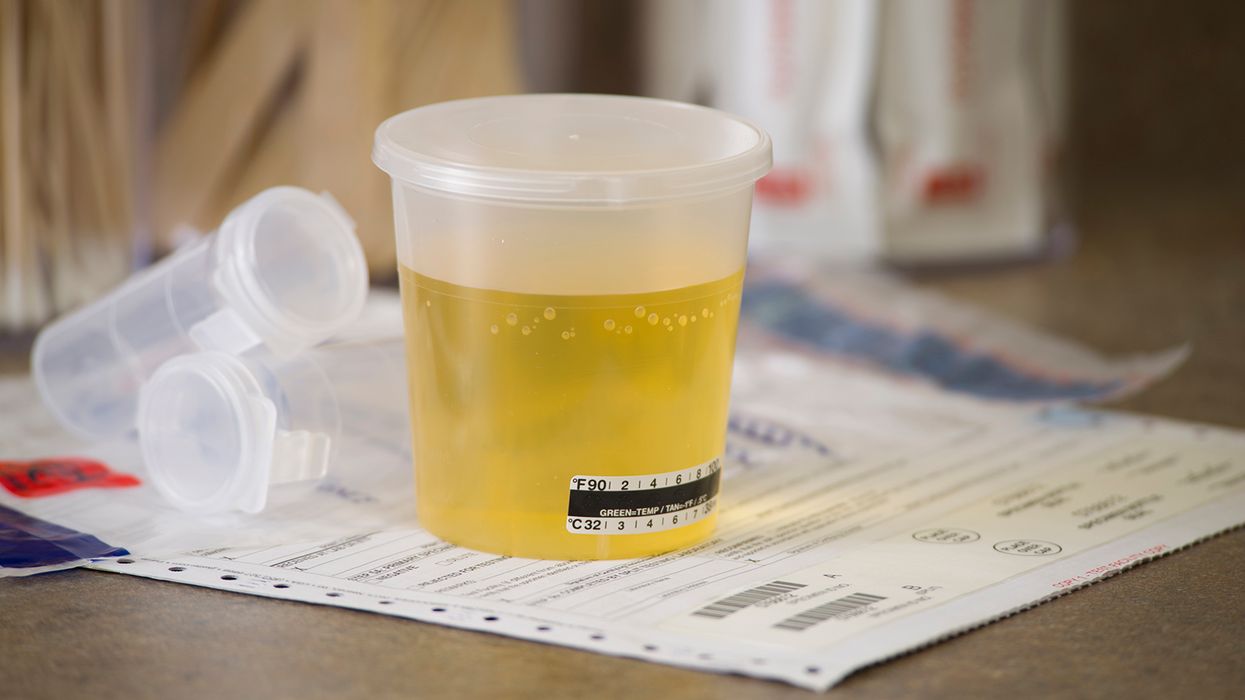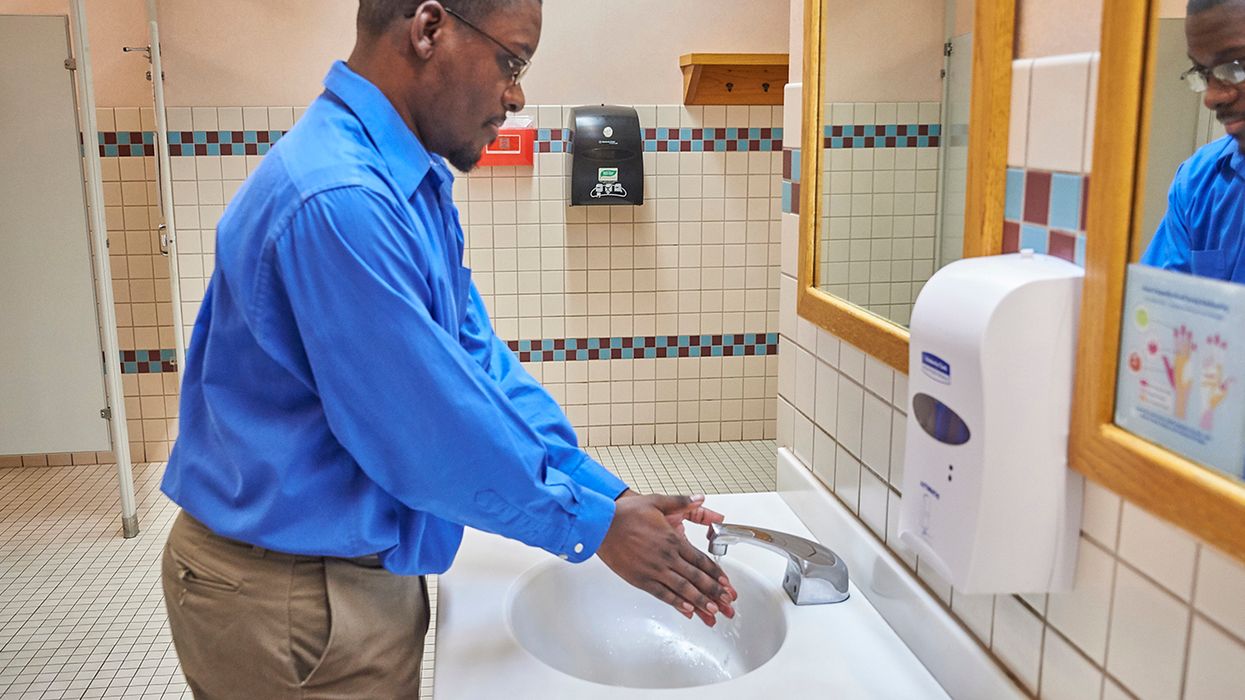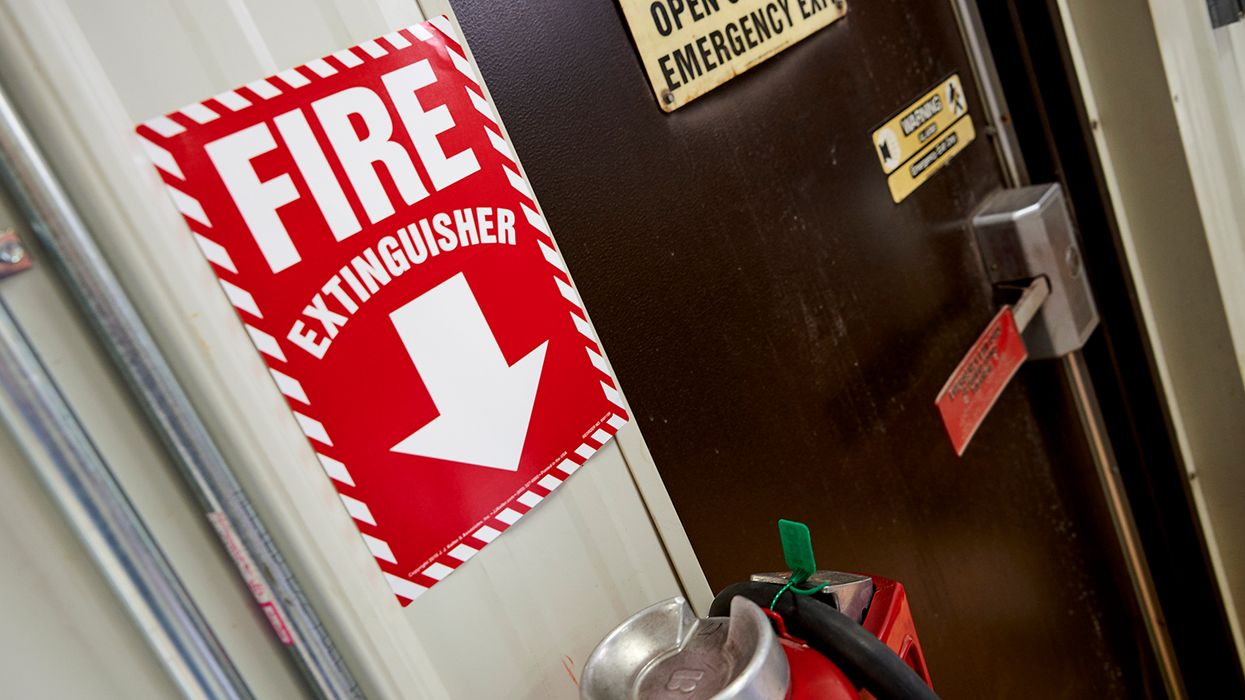Video can be used for alcohol and drug observations, FMCSA says
With the world becoming more and more virtual, it’s no surprise that trained supervisors can now order reasonable-suspicion drug or alcohol tests based on video observations, according to the Federal Motor Carrier Safety Administration (FMCSA).
In response to a recent J. J. Keller inquiry, the agency’s Drug and Alcohol Programs Division wrote that the reasonable-suspicion testing rules in 49 CFR 382.307 do not prohibit video-based observations to determine that a driver is under the influence.
The new guidance means in-person observations are not necessarily required before sending a driver for a “reasonable suspicion” drug or alcohol test.
However, with video, supervisors must still make “specific, contemporaneous, articulable observations” concerning the driver’s appearance, behavior, or speech before a test may be authorized.
“If, during a video chat, the supervisor can assess and document the observations as set forth in 382.307, the employer can require the driver to test,” the FMCSA wrote.
All supervisors of drivers subject to DOT-mandated testing must receive at least two hours of training, per 382.603, before they can order a reasonable-suspicion test.
Timing is critical
For reasonable suspicion of alcohol, keep in mind the timing requirements for both the observation (whether on video or in person) and the testing, as described in 382.307:
- The observation must be made just before, during, or just after the driver performs safety-sensitive functions; and
- The alcohol test must be performed within no more than 2 to 8 hours of the observation.
Finally, whether the observations are made in-person or over video, the observations must be documented within 24 hours or before the test results are released, whichever is earlier.
Third-party observations
The new guidance means motor carriers can make remote video observations that can lead to a reasonable-suspicion test. Keep in mind, however, that motor carriers still cannot rely on third parties to make such observations.
For example, if a third-party shipper or receiver’s trained supervisor observes that another employer’s driver appears to be in violation of the drug/alcohol prohibitions, that supervisor has no authority to order a drug or alcohol test. A trained supervisor working for the driver’s employer must make the observation. If a video-based or in-person observation is not possible, then the third party or employing motor carrier could:
- Advise the driver not to perform safety-sensitive work; and/or
- Contact the police to request appropriate action.
Key to remember: The FMCSA now allows video-based observations to lead to reasonable-suspicion drug and alcohol tests.



















































